Fiber Optic Cable Types and the Science Behind Its Working
Table of content
Introduction:
Fiber optic cable, also known as optical fiber. It has completely transformed the way we connect to the digital world. It is fast and efficient, transmitting data at great speed. Currently, these cables are used everywhere in the installations of internet, phone, and television services. Instead of using electrical impulses, like conventional copper cables, these use light signals to transmit data, making communication incredibly faster, thus accessing the internet more quickly and efficiently, especially at homes and businesses. Their ability to provide rapid speed in data transmission has made them an important part of modern communication systems and improved the way one works and lives.
What is a fiber optic cable?
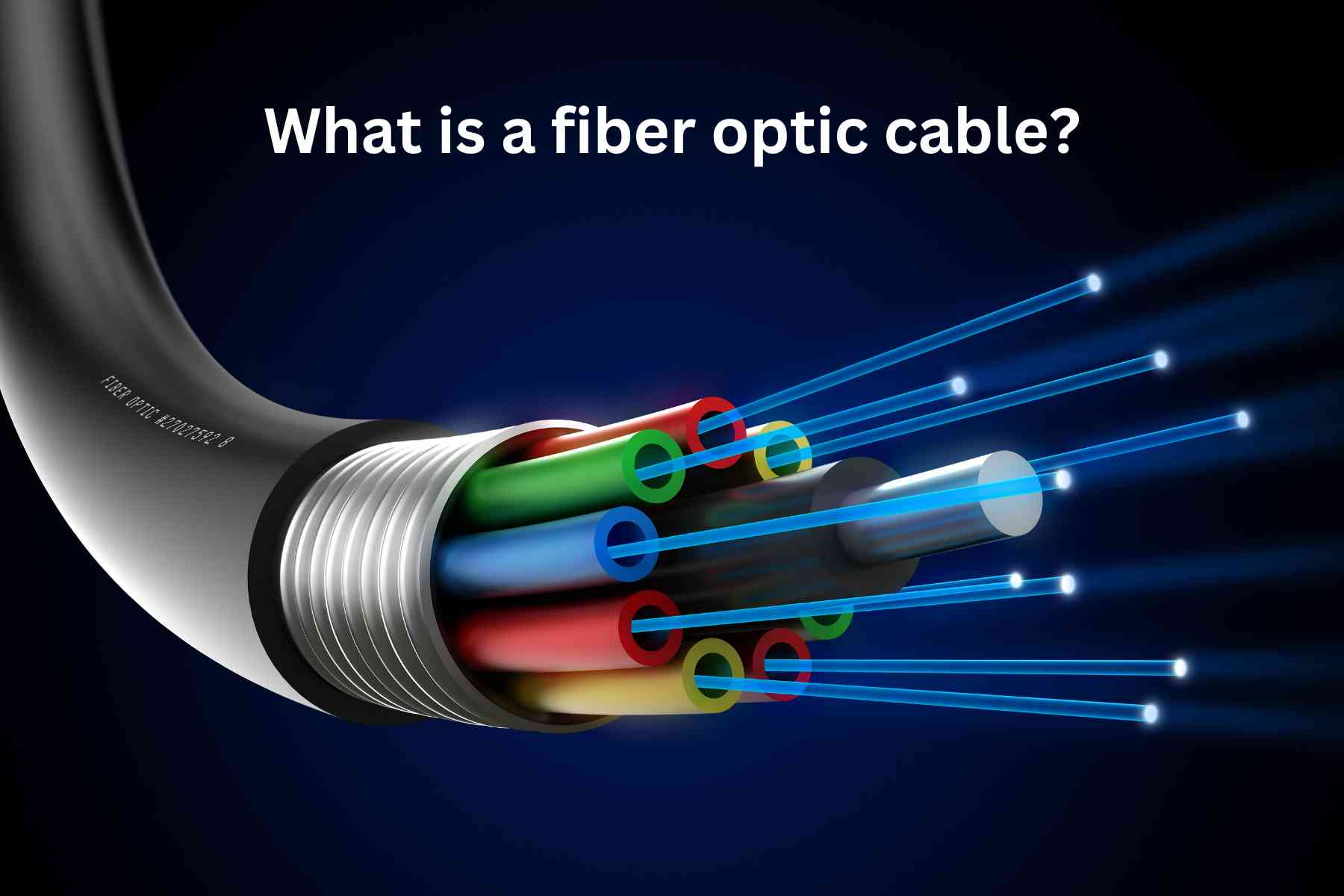
It is a thin thread of glass and plastic contributing to the transmission of data in the form of light. Unlike copper wires, these do not rely on electrical signals; hence, they ensure more speed and efficiency. The core in these cables is the medium through which the light pulses travel to execute data transmission over long distances without loss of signal strength.
Key Parts of a Fiber Optic Cable
- Core: It is the central part that the light signals are transferred through.
- Cladding: In the process, light receives an outer layer in which the light is reflected into the core internally.
- Pre terminated Fiber Optic Cable: The cable comes with pre-attached connectors. Installation becomes easier.
How Fiber Optic Cable Works

These cables transmit data as pulses of light through a clear center. The light reflects on the outer layer, helping it to cover long distances without degrading. This makes fiber optic ethernet cable much better for long-distance communication compared to copper wires. By converting data into light signals, it surely reaches its destination fast and reliably, be it HD video streaming or running business activities.
Types of Fiber Optic Cable
These cables come in different types, each is designed for specific applications and requirements.
Here’s a breakdown of the most common types:
1. Single-Mode Fiber Optic Cable (SMF)
- What it does: This type of fiber has a very small core, which allows only one light signal to travel through at a time.
- Where it’s used: It is often used for long-distance communications, such as sending data between cities or even across countries.
- Why It’s Important: This technology enables fast and quality data transmission over long distances without loss of the strength of signals.
2. Multi-Mode Fiber (MMF)
- What It Does: This cable features a thicker core that can transmit multiple light signals at once.
- Where It’s Used: It’s primarily used over shorter lengths, especially within buildings and office premises.
- Why It’s Important: Its lower cost and straightforward installation make it a popular choice for local networks.
3. Plastic Optical Fiber:
- What it does: Other than those cables using glass, this uses plastic, which is flexible and easy to handle.
- Where it’s used: Commonly used in home networks, cars, and small devices since these don’t require long-distance connections.
- Why it’s important: Budget-friendly, and durable despite not providing as much speed and range as glass fibers.
4. HDMI Fiber Optic Cable
- What it does: This is a cable specifically designed for transmitting videos and audio in high definition, such as 4K and 8K.
- Where it’s used: Home theaters, the setup of computers used by gamers, and professional video production.
- Why it’s important: It provides high-quality video and audio over long distances with no loss of clarity or speed.
5. Armored Fiber Optic Cable:
- What it does: Comprises an additional, normally metal protection layer to safeguard the cable against physical or mechanical damage.
- Where it’s used: Underground and outdoor installations in the most unfavorable environmental conditions.
- Why it’s important: The durability it provides enables the use in harsh conditions besides good performance and protection from physical damage.
All these types of serve a certain purpose depending on the distance, environment, and type of data being transferred.
Benefits of Fiber Optic Cable
These cable fiber optic offer numerous advantages:
| Advantage | Description |
| High-Speed Data Transmission | Fiber optics can transfer data faster than traditional cables, which is crucial for high-speed internet and HD streaming. |
| Long Distance Communication | Light signals can travel over hundreds of kilometers without degrading. |
| Immunity to Electromagnetic Interference | Unlike copper wires, these cables are immune to interference from other electronics. |
| Thin and Lightweight | Despite their speed, these cables are incredibly lightweight and flexible. |
| No Fire Risk | Since they use light instead of electricity, these cables eliminate the chance of fire hazards. |
| Handles More Data | Fiber optics can carry large amounts of data at once, making them perfect for high-usage networks. |
| Low Latency | Fiber optics reduce delays, ideal for live streaming, gaming, and real-time communication. |
| Doesn’t Rust | These cables don’t rust, so they last longer in harsh conditions, unlike metal cables. |
| Secure Data Transfer | It’s difficult to tap into a fiber optic line, making it more secure. |
Challenges of Fiber Optic Cable
Despite the advantages, some challenges come with these cables:
- Expensive: These cables are more expensive to develop and install as they need special kinds of tools.
- Fragile: Glasses used in these cables as fibers are pretty delicate and tend to break during their installation if not done efficiently.
- Less Availability: In rural areas, fiber optic networks may be not that accessible compared to the city areas.
Installation Process of Fiber Optic Cable
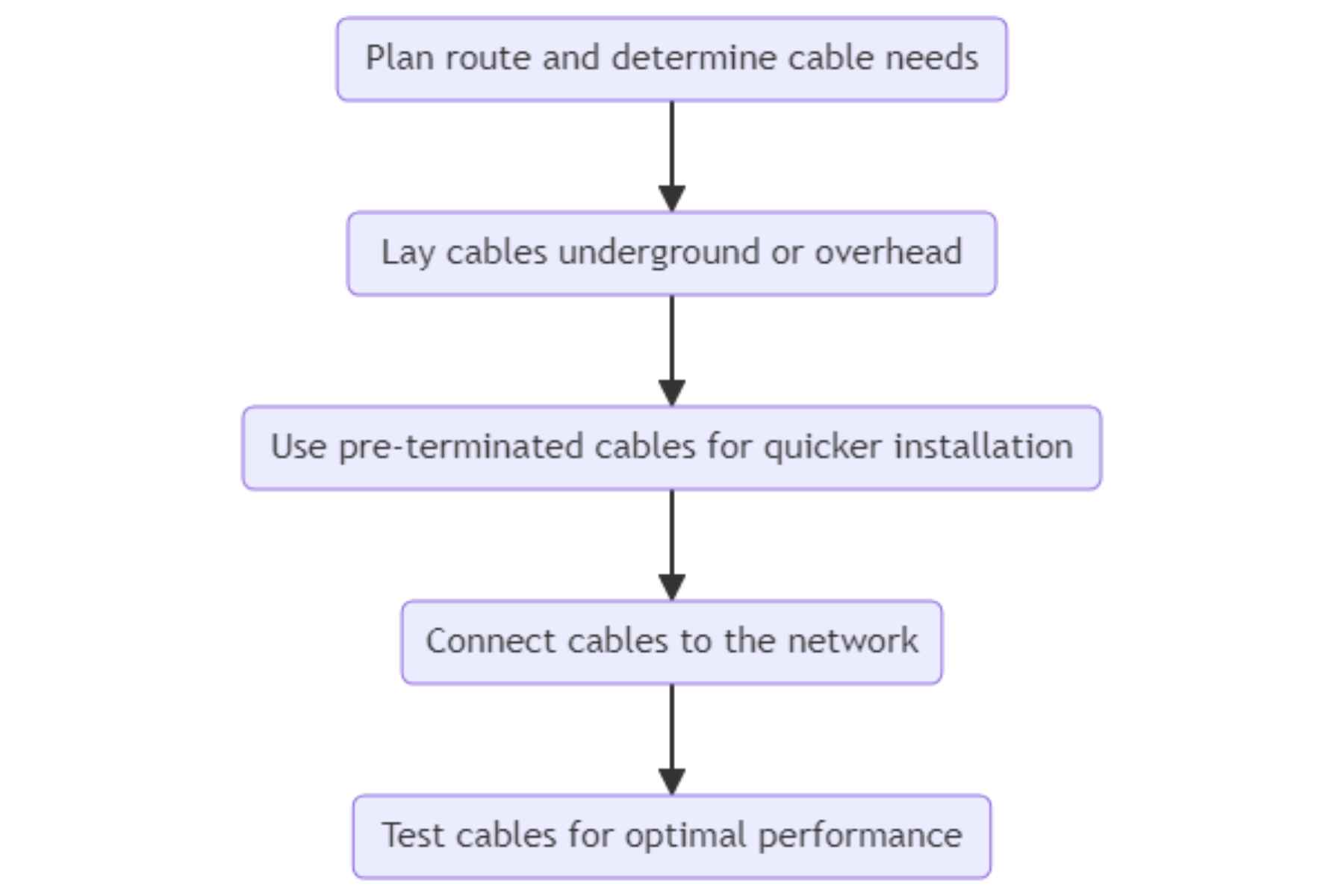
The process of fiber optic cable installation includes several important steps. First, the routes for technicians are determined and estimated regarding how many cables will be needed. Next, cables get laid either underground or overhead. Sometimes they can be pre-terminated, with the connectors attached in advance, which speeds up and makes simpler the installation. Lastly, the installed cables are linked to the network and tested to confirm they are performing at their best.
The Future of Fiber Optic Technology
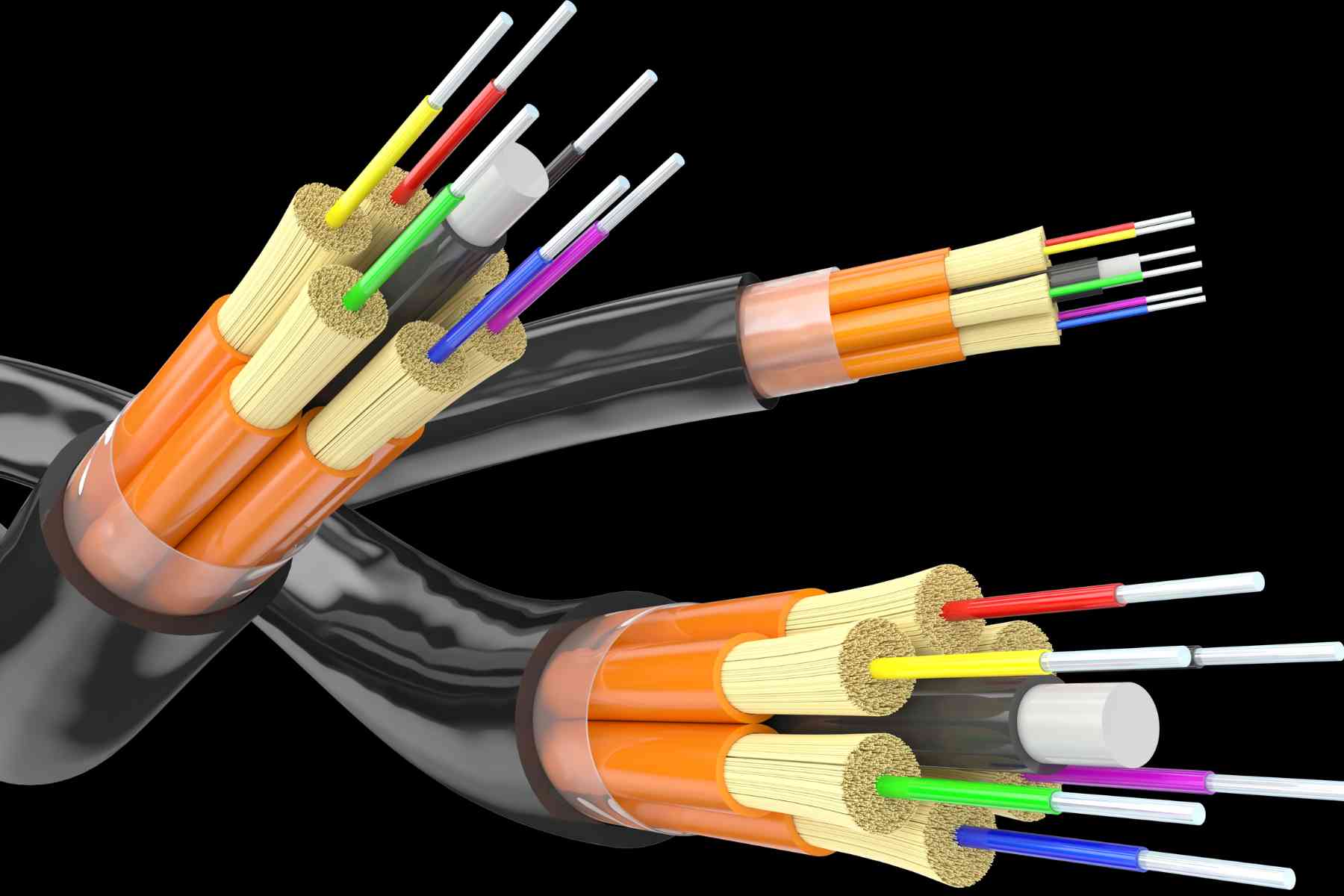
The future of fiber optic technology is bright, as it evolves day by day. With the ever-increasing demand for high-speed Internet and high-quality video, even the future innovations of 5G, smart cities, and driverless cars are going to need access to even higher levels of reliable and faster data transfer. It is quite noticeable that fiber optic cables, more so those HDMI 2.1 cable types, have impressive improvements in terms of video, audio, and speeds in residential and even commercial fields. The central place of technological development will be occupied by fiber optics with the growing demands of the interconnected world.
Conclusion:
Fiber optic cable has revolutionized communication by enabling high-speed transmission over long distances securely. From internet usage to HD video streaming, they will be all-important for personal and professional needs. With smart cities developing technology and emerging 5G networks, these cables will be more crucial in our connected world. The investment in fiber optic infrastructure will help build the future of communication.
Frequently Asked Questions
Is Fiber Optic an Ethernet Cable?
No, Ethernet cables are not fiber optic cables. While in fiber optic cables, data is transported over long distances with the carrier of the light, carriage in Ethernet cables is done through electrical signals and for shorter network connections.
How much does fiber-optic cable cost?
Fiber-optic cables have different costs based on type, length, and mode of installation. They can range from $1 a foot to $6, although the total installation cost is much more than this because labor and equipment costs are taken into consideration.
How do you splice fiber optic cable?
There are two general techniques in splicing fiber optic cables, the fusion splice where the fibers are melted together, or the mechanical splice where the fibers are aligned in a connector without the use of heat.




 Catalog
Catalog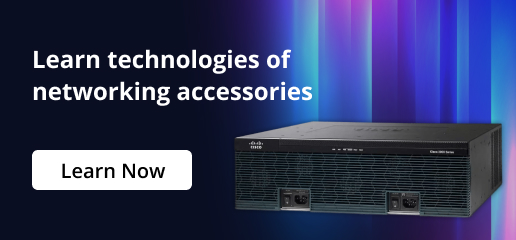

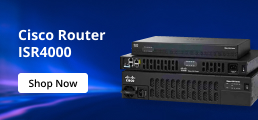
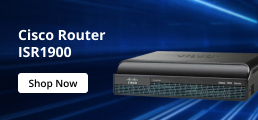
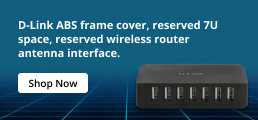
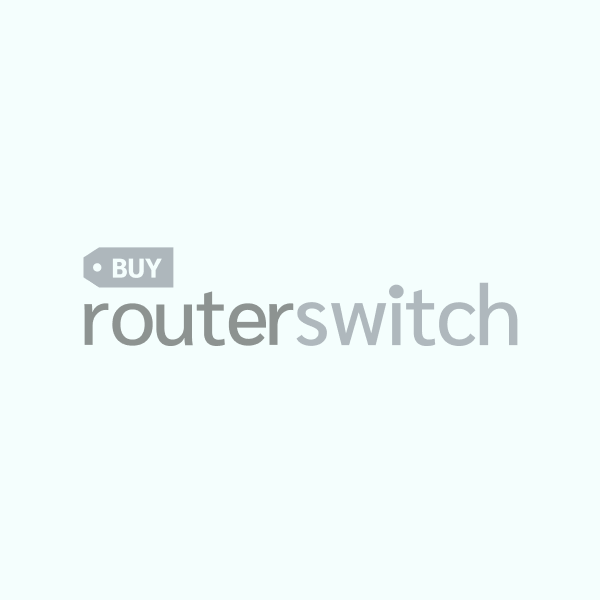
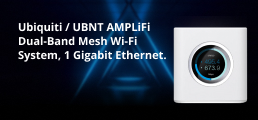
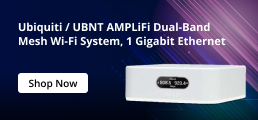
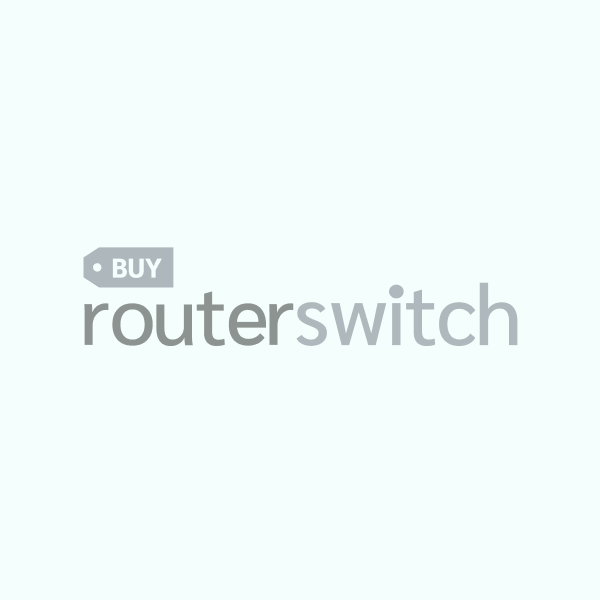
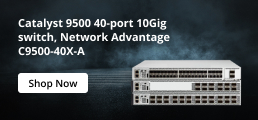
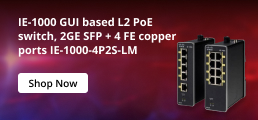
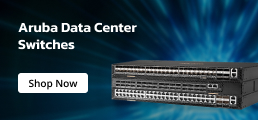
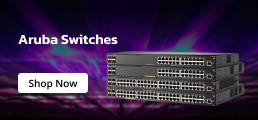

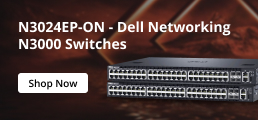
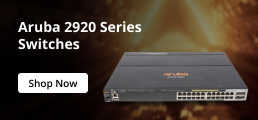

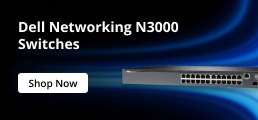
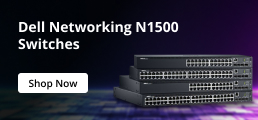
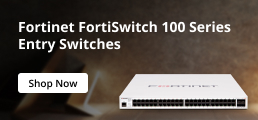
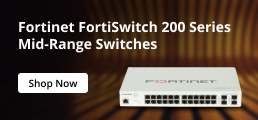
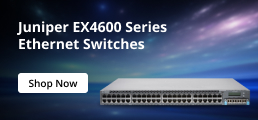
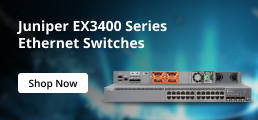
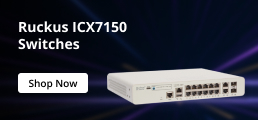
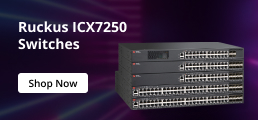
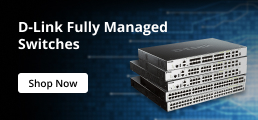
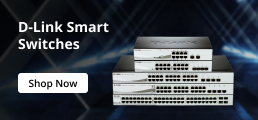
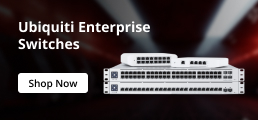

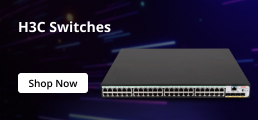
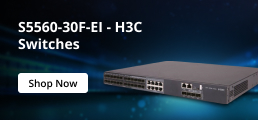

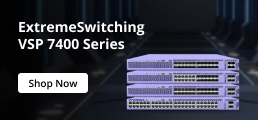
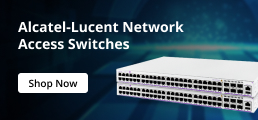
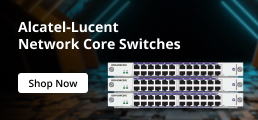
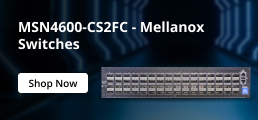



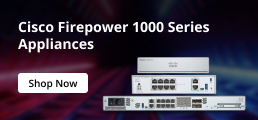




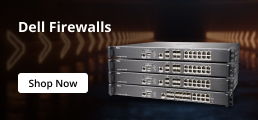

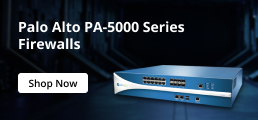

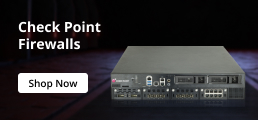
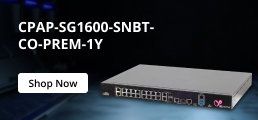

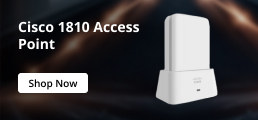








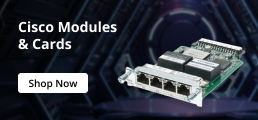
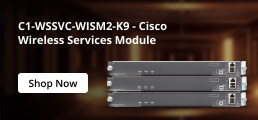


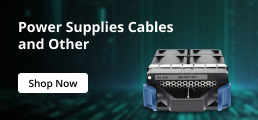
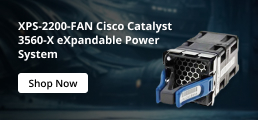
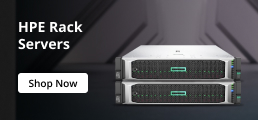
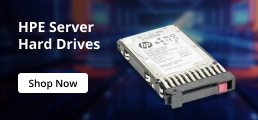


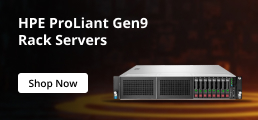

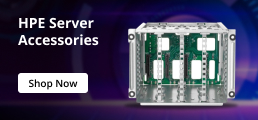
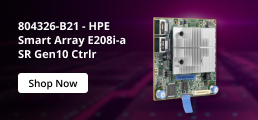

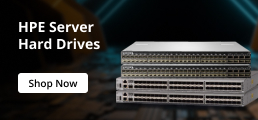


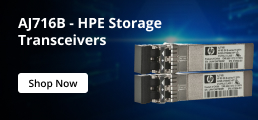


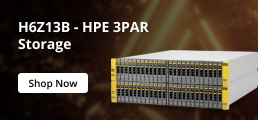

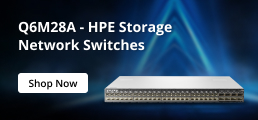
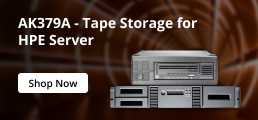
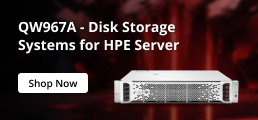



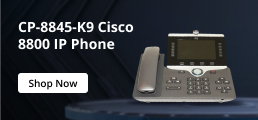

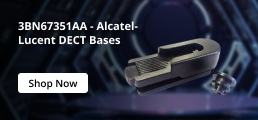


















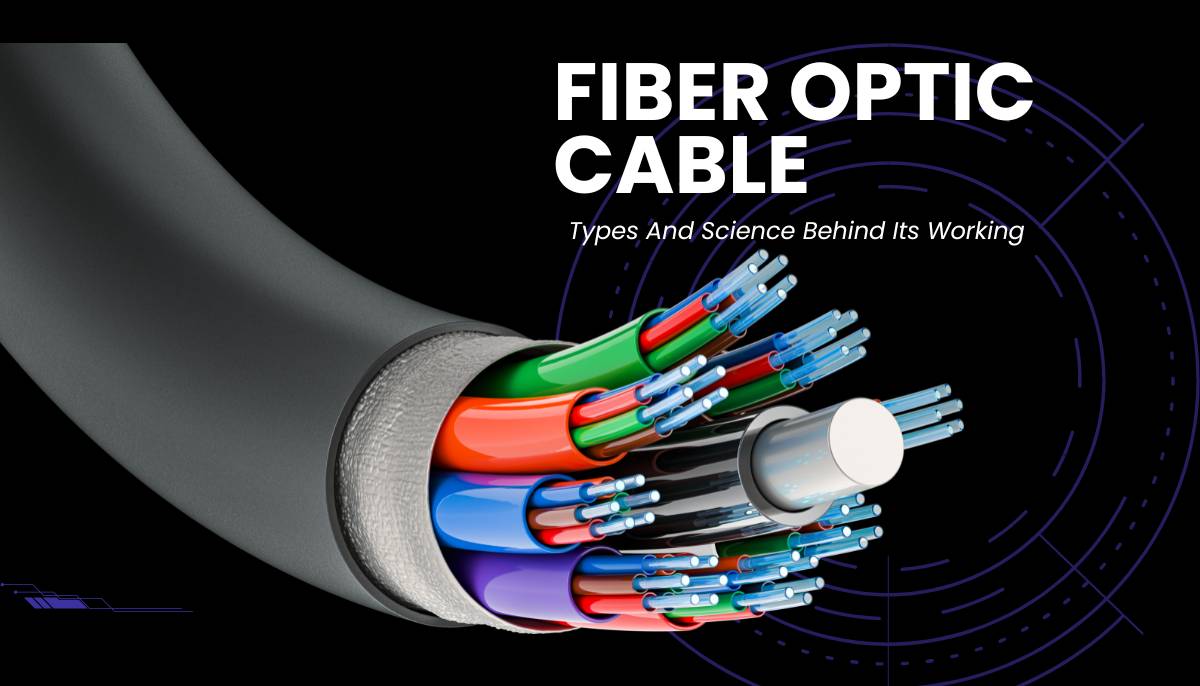
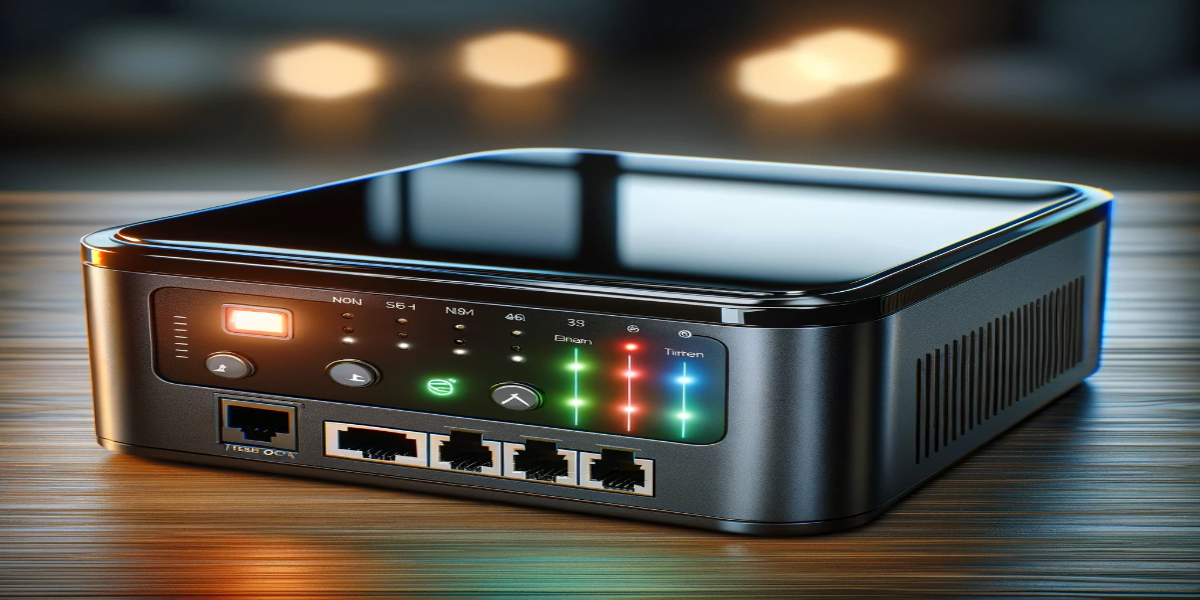

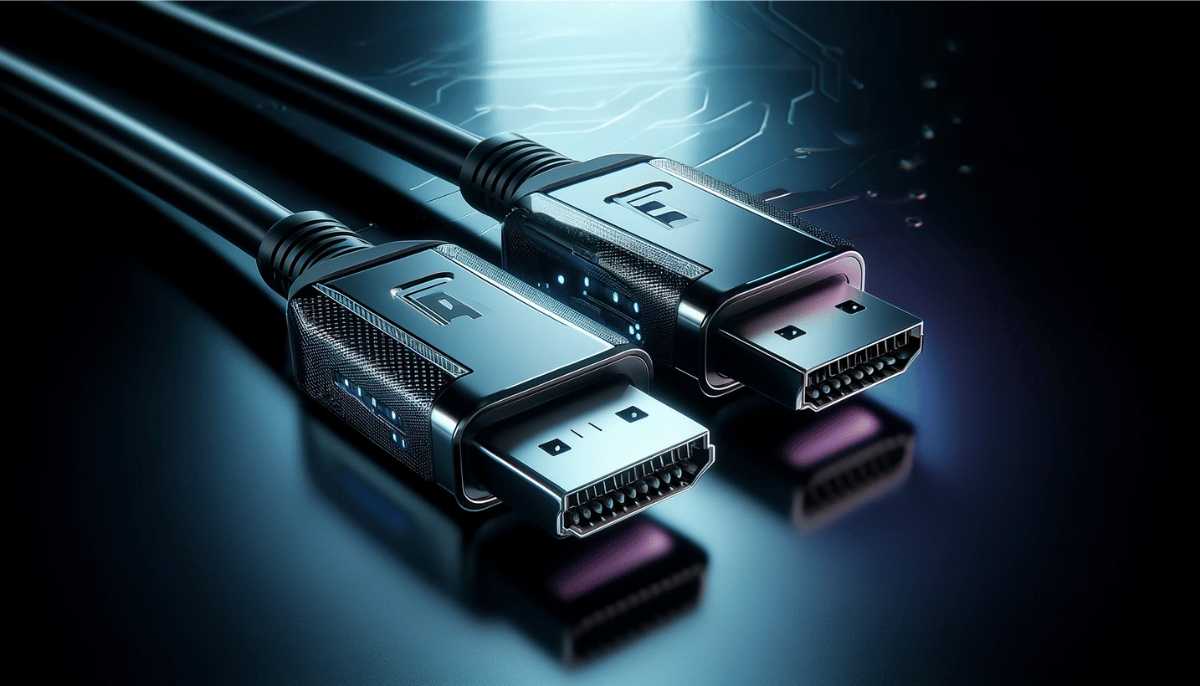




 (800) 870-9487
(800) 870-9487